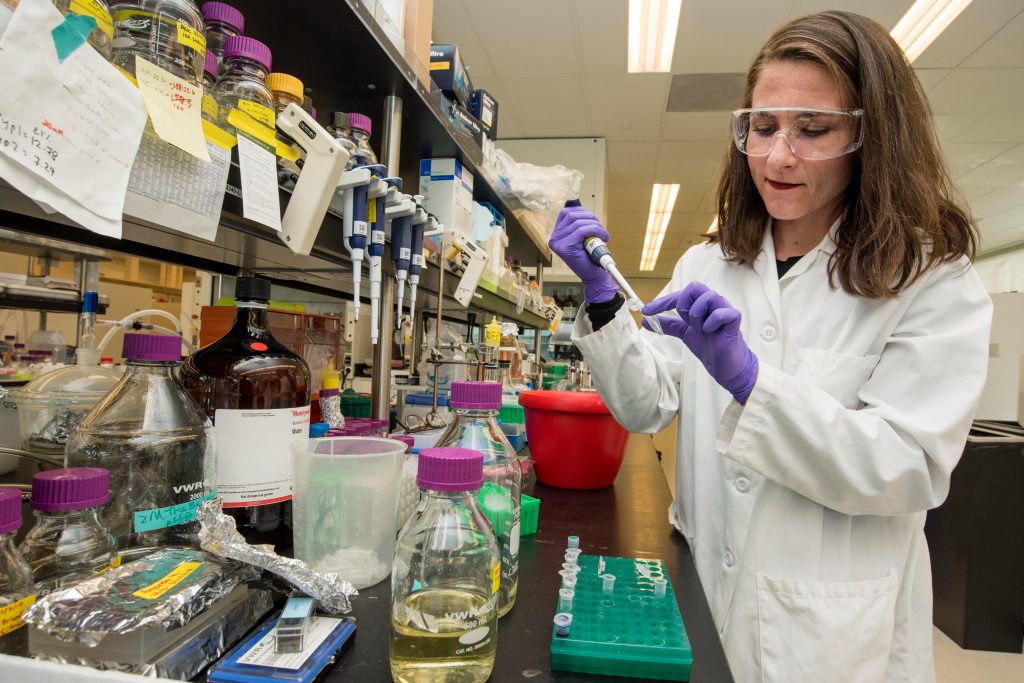Using analytical laboratory techniques, investigate the function of the enzyme amylase in breaking down starch into simple sugars. Students conduct two practical tasks to examine the overall function of amylase and investigate the impact of change in temperature and pH on enzyme activity. The data collected is used to determine the optimal conditions for amylase.
Student laboratory work can be used for assessment tasks.
In this program students will
- Collect absorbance readings using a UV-spectrophotometer to create a standard curve for amylase function.
- Investigate change in temperature or pH on amylase activity.
- Create standard curve graphs using excel spreadsheet.
- Analyse and evaluate results and methodologies.





